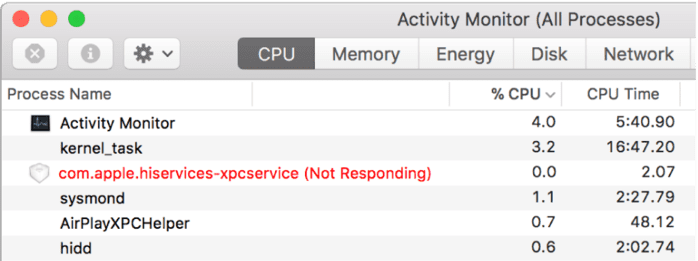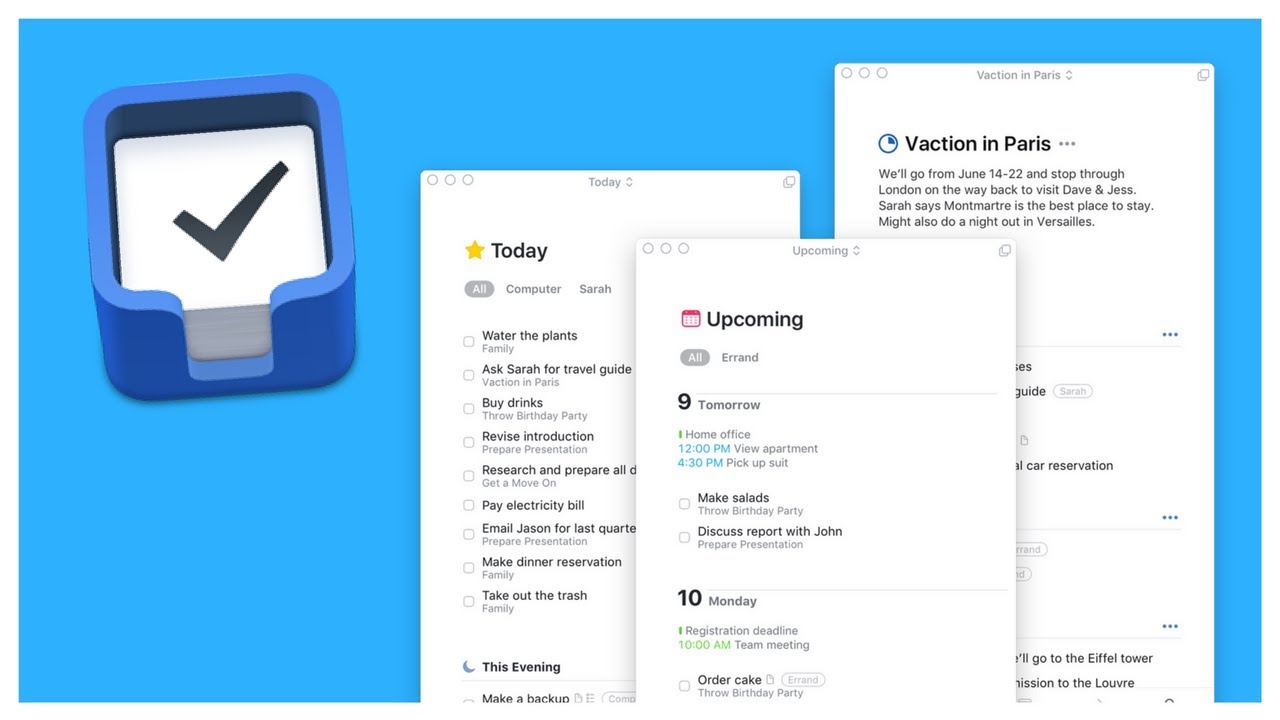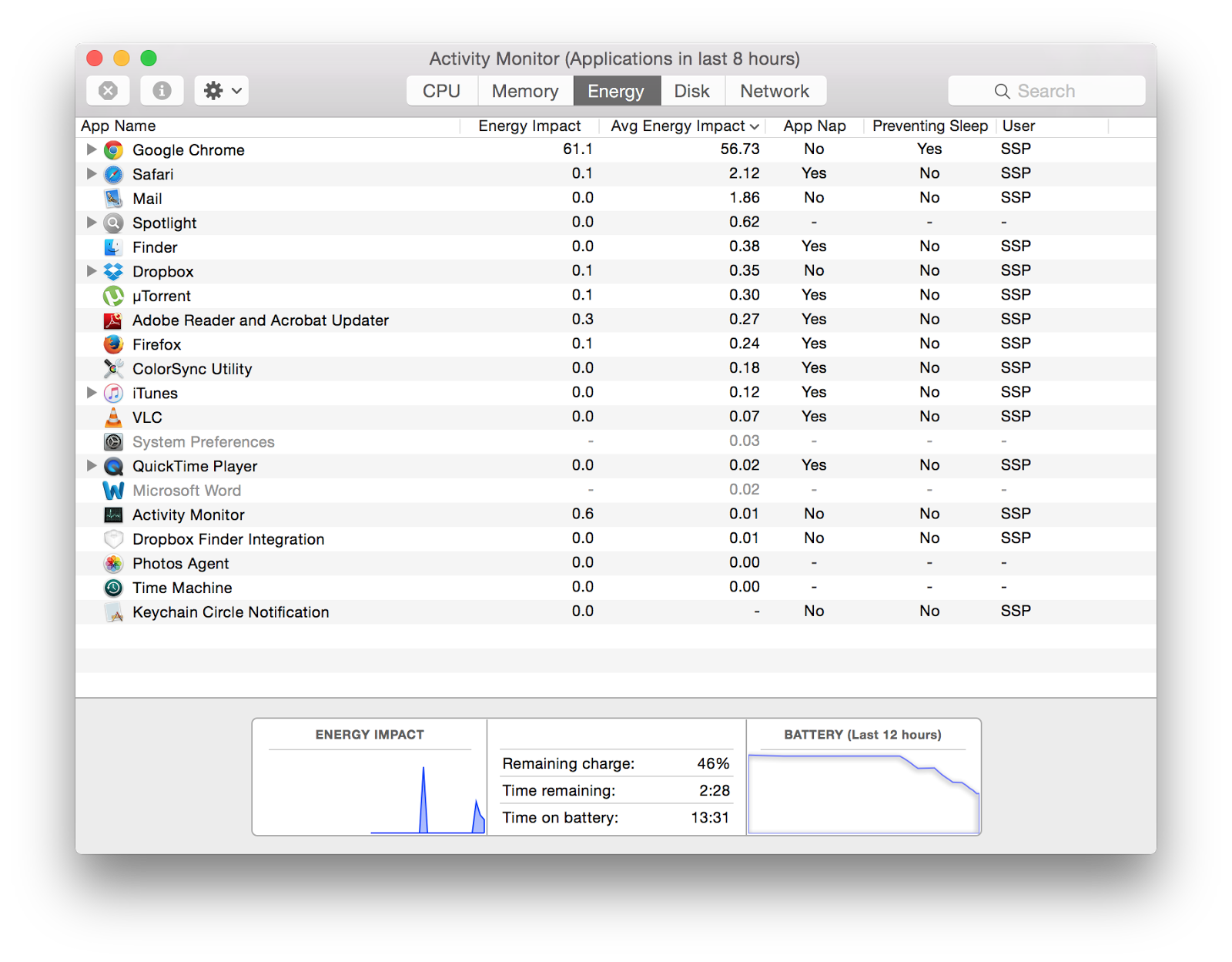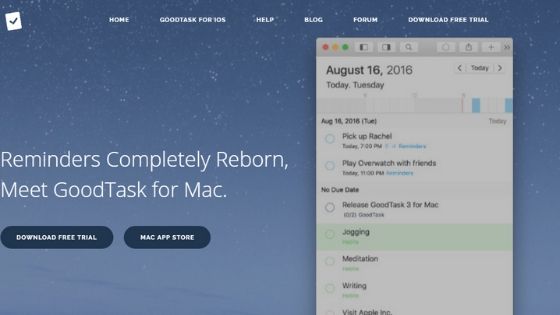

You can sort tasks into to-do lists, and your options with tasks are limited to starring them, setting a due date, checking them off and leaving a note. Whether that’s because of its feature set or because its the only app that lets you set custom backgrounds for your lists, we don’t know. Wunderlist is comparatively new to the task manager wars, and it didn’t take long to become popular.
#Task manager for mac? software#
At this stage in the game, with only minor improvements to the software over the years, you might prefer to cough up the extra $30 for OmniFocus. Things will run you $49.99, which is cheaper than OmniFocus but still no bargain. There are iPhone and iPad versions available (and they do sync, over the air, with Things for Mac).
#Task manager for mac? code#
Cultured Code published a blog post a couple of months back explaining the many routes they’d explored, without success, in the sync area, but the fact remains that years down the track it’s still not there. The only way to sync Things data between computers is with a Dropbox hack that will frequently wipe your changes if you forget to close the program down between uses (among other problems). It’s easier to learn if you’re not after a hardcore task manager while not dumbing things down to the point where you can’t even leave notes on your tasks.Īn issue that follows Things into every discussion is its lack of synchronization features.



Things sits somewhere between minimalist task managers and powerhouses like OmniFocus. Things looks amazing, beating the vast majority of task managers in aesthetics, and is loosely modeled around Getting Things Done. When Cultured Code’s Things went into private beta a few years ago, the web’s productivity nerds left a trail of slobber across their keyboards so long and thick that it could get you to the moon and back. If you don’t want to fork out the money for the iOS versions you can still have your tasks available on your phone through iCal sync.
#Task manager for mac? mac#
Like the Mac version, the iOS pricing will have you spending more than the vast majority of alternatives, but they bring OmniFocus’ power to the mobile. OmniFocus is available for the iPhone and iPad. There’s no easy way of sharing and syncing tasks with others in your team. OmniFocus is definitely an option for the user seeking a one-person productivity solution. OmniFocus gives users a plethora of syncing options, though they require the user to have some sort of cloud disk or file sharing service (such as MobileMe or Dropbox) set up. OmniFocus features views for every aspect of GTD - inbox, projects, contexts, review, and the ability create custom views and save them so they’re easily accessible - and deep control of your tasks, with notes and clippings, deadlines and recurrences, contexts, and even estimated times so you can sort and pick your tasks based on the amount of time you have available. It’ll set you back $79.95 - and while that does rule out those who prefer to spend in the sub-$50 software bracket, you get what you pay for. It’s one of the options that has been out the longest, is still frequently updated, and is designed to offer all the power you need to set up a Getting Things Done-based system.ĭeveloped by Omni Group, the company behind other popular titles such as OmniGraffle, the software isn’t cheap. OmniFocus is the stalwart of OS X task managers.


 0 kommentar(er)
0 kommentar(er)
